Description
Pages: 156
Grade level: appropriate for 6th – 8th grade, target grade is 7th (appropriate for high school with modifications*)
Course type: Study guide
* Early Modern Level two is a comprehensive course that is appropriate for both middle school and high school students with little modification. For high school students we recommend adding daily lesson summaries and one oral report of the student’s choosing. We also recommend reading unabridged, original version of Oliver Twist. From the Stuart Dynasty to Lewis and Clark, Early Modern level two is a complete one-year curriculum guide that combines history with literature, world geography, and writing activities. Students study events from early modern history, a time of nationalism and revolution: scientific, agricultural, industrial, French, and American. It was also a time of civil war and rebellion: English, Spanish, Scottish, Russian, and American. And it was a time of advancement and expansion: the Age of Reason, Galileo, Lewis and Clark, East India Trading Company, Mercantilism, and the Enlightenment. This comprehensive course covers success and failures of civilizations in Early Modern history from all parts of the world.
Early Modern level two is a student guide that provides step by step lessons to teach world history from 1600 to 1850. Level 2 History Odyssey guides are written to be used independently by students with the parent/teacher assisting when necessary with lessons and assessing the student’s completed work. Early Modern level two does not require an answer key due to the subjectivity of the assignments that encourage critical thinking (i.e. there is rarely any one correct answer). Answer keys to map work are found in the main spine (The Kingfisher History Encyclopedia). A rubric is provided to assist in grading essay writing.
Literature and writing instructions and assignments found in the course include advanced outlining of history readings, attribution of sources, How to Write a Biography, How to Write an Essay, persuasive writing, creating a storyboard, literary analysis, creating a character web, and identifying elements of an epic.
Critical thinking with history studies found in this course include identifying connections and cause/effect relationships; evaluating the validity and type of history sources; timeline analysis; detailed examination of revolutions, wars, and conflicts; and identifying connections between geography and history through extensive map work.
This guide includes:
- 21 early modern history blackline maps
- Worksheets
- Recommended resource list
- 89 detailed lessons covering:
- Literature
- Writing
- Map work
- Timeline analysis
- Research
There are lots of articles about learning and teaching the humanities on the SEA Homeschoolers blog.
The History Odyssey Method Five learning techniques are woven throughout all History Odyssey courses at age-appropriate levels: Students examine multiple resources, read historically significant literature, develop and strengthen critical thinking skills, practice and refine written and verbal expression, and study world geography and geographical significances throughout the history of humankind.
The History Odyssey method found in Early Modern 2:
- Examine resources about the ancient history of groups from Sumer, Babylonia, Egypt, Phoenicia, the Americas, Assyria, India, Persia, Greece, China, the Middle East, Africa, Rome, and more.
- Read about ancient history events in a history encyclopedia
- Retellings of classic literature and mythology
- Learn ancient history through historic fiction
- Read ancient mythology
- Read classic literature, adapted
- Identify main ideas in history readings through basic outlining of history readings
- Practice public speaking and rhetoric skills
- Write summaries on significant individuals during modern times and identify their effects and influences on history
- Exposure to at least three sources for history events
- Organize, filter, prioritize, and discern historical data
- Grasp the concept of time and the progression of history, and connections between events through multiple timeline activities
- Compare and contrast groups in ancient history
- Study the accomplishments and failures of significant individuals during ancient times and identify their effects and influences on history
- Analyze how different groups of people in ancient history were influenced and affected by religions
Geography
- Detailed identification of land and water areas significant to ancient history
- Gain a better understanding of events in ancient history through detailed map work and completing map keys
- Learn about geographical obstacles and advantages and their effect on ancient history
There are lots of articles about learning and teaching the humanities on the SEA Homeschoolers blog.

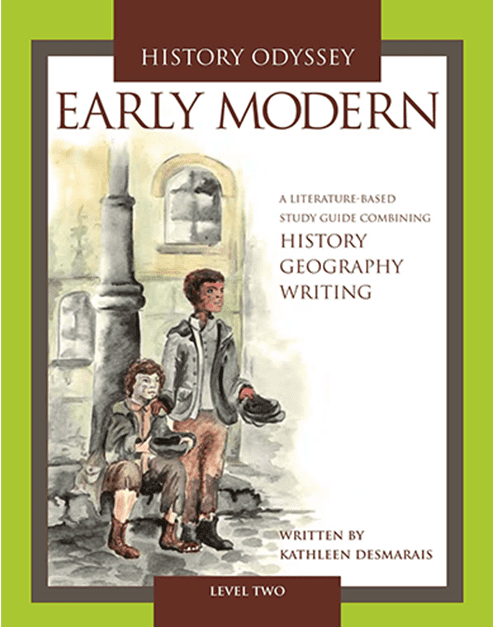
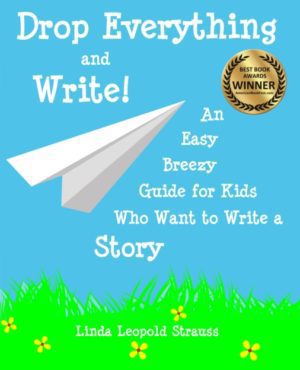

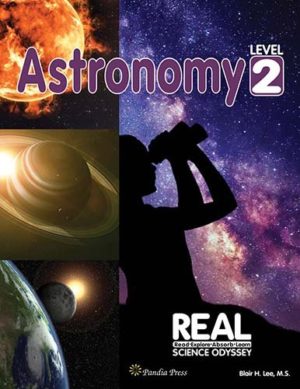
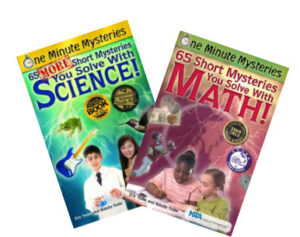
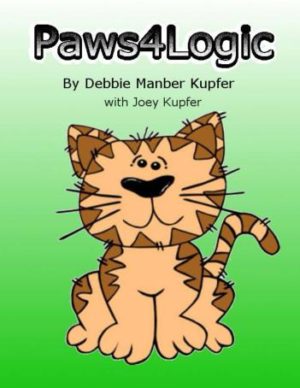
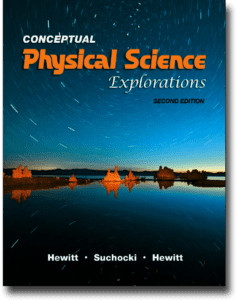
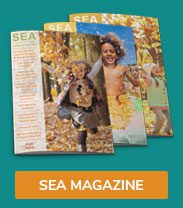
Reviews
There are no reviews yet.